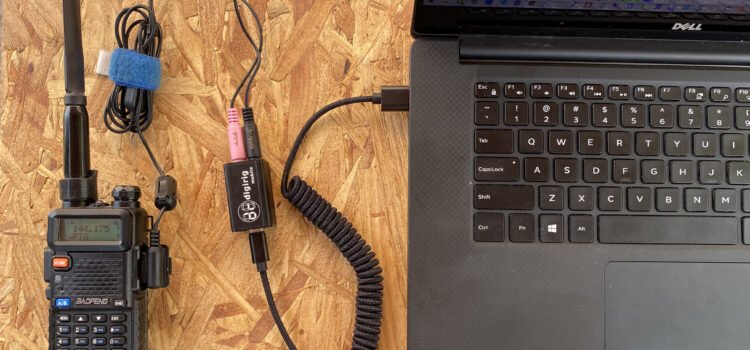My local club, the Nittany Amateur Radio Club (NARC) has organized an APRS/Packet Special Interest Group. I’ve been an active APRS operator since early in my ham career. Among other activities, I operate a receive-only I-Gate. What’s gotten me excited about the SIG is the motivation to put a packet radio station on the air. NARC operates a packet bulletin board system (BBS) on 145.030 MHz, and it’s in a high elevation location that I can hit with compromise antennas and low power.
So, how proceed? I have packet capability with the ICOM IC-705 that sits on my desk, but using it requires me to connect my Evolve III laptop, and to stop scanning the local VHF and UHF repeaters. Weather and family commitments have put my satellite operation ambitions on hold until spring. So, I decided to put the new ICOM IC-9700 to work.
Like the IC-7300, IC-9700 has a USB interface. That makes it easy to handle audio in and out via USB and rig control. So, it was easy to configure the UZ7HO Soundmodem software modem to handle audio and PTT while connected to my existing PC in the shack. All that I needed was to make sure I had a vacant USB port. Then, it was straightforward to install and connect Outpost Packet Manager, and bingo, I was able to send messages and read BBS posts. My shack PC permits remote operation using Google Remote Desktop, so I am able to operate the packet station remotely, as well.
Next, I decided to work on creating a more nimble packet station using a spare HT. With a Digirig external soundcard/PTT interface, a cable for my ICOM ID-51a, the ID-51a, and the Evolve III laptop mentioned earlier, I have a low-power, portable packet station.
Let me give a shout out to Denis, K0TX, the owner of Digirig. He’s extremely responsive to user questions.

A ham friend who has a love/hate relationship with packet sometimes calls it 1980s technology, and he’s not wrong. But so what? It worked in the 1980s, and it still works. More important, it’s fun, and that’s what ham radio is about.